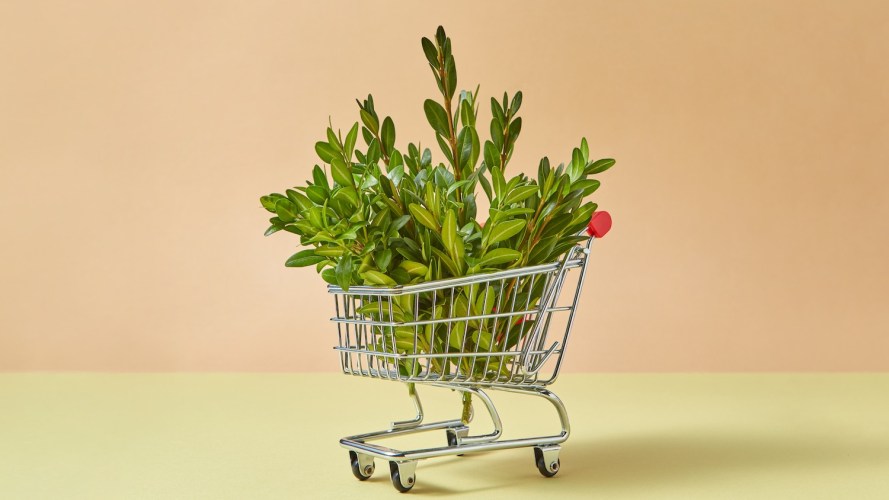According to the 2019 Connected Shoppers Report, more than half of shoppers (56%) say that sustainability and ethical business practices matter more now than they did a year ago. That’s especially true now as brands navigate the COVID-19 health crisis. With more packages and trucks on the road, the growing desire for sustainability in commerce has accelerated.
The commitment to sustainability is a competitive edge. It drives growth as customers choose brands with values that align to their own. It also makes economic sense, yielding higher revenue and customer retention.
So what can companies do to take stock of existing processes and build a more sustainable future?
Evolve your operations
As a first step, look at your existing operations and processes. Start mapping out areas for improvement.
Reenvision the supply chain
Assess supplier relationships against your sustainability goals. How do they approach sustainability? Do they make environmentally sound decisions? The answers to these questions can help to create efficiencies in the supply chain.
Evolve order management
Clean up waste in the supply chain with order management. It provides an accurate view of inventory, flexible shipping, and streamlined delivery. The result is a better customer experience, less packaging, and fewer shipments.
Offer store pickup
Giving customers the option to buy online, pick up in-store (BOPIS), or curbside pickup. This will be key during the 2020 holiday shopping season as further strain is placed on last-mile delivery. Bonus: You can reduce the amount of packaging needed with curbside pickup. For example, put items into one box or eliminate plastic bags altogether.
Consider sustainable packaging
Prevent further plastic pollution and harmful waste with environmentally-friendly packaging. One study of 7,000 European consumers found that 92% would select the plastic-free option, such as paper packaging.
Be transparent
The fashion industry contributes to 10% of global greenhouse gas emissions. The United Nations Alliance says this is due to long supply chains and energy-intensive production.
Convenience and price are not enough for today’s shoppers. To build trust and loyalty with customers, retailers must be transparent about product materials, the manufacturing process, and even their supply chain. Consider including information on your website and product packaging such as:
- Your product’s materials or ingredients
- Where materials or ingredients are sourced
- Your production process
- The working conditions at manufacturing facilities and other worksites
- Whether or not there is animal testing
- Recyclability of products, packaging, or packing materials
- Any notable efforts your company is making to promote sustainability
The key is to give customers the information they need to make smarter purchase decisions. Brands like Lush fight animal testing, engage in ethical buying, and reduce waste with unpackaged cosmetics. Lush is transparent about its product. The brand puts a stake in the ground with details about its commitment displayed on its homepage and content.
Communicate your commitment
Make customers aware of your sustainability commitment. Communicate them prominently and repeatedly on your website. Reiterate them on product pages and at checkout. And embed them in social media posts.
Madewell showcases its commitment to sustainability with Do Well projects. These initiatives encourage customers to donate old jeans, which become housing insulation, or recycle plastic bottles, which turn into materials for puffer jackets. The company also partners with Fair Trade USA and participates in the UPS carbon neutral shipping program.
Build a more sustainable future
As consumers choose digital-first shopping, sustainability isn’t just the right thing to do. It improves customer satisfaction, reduces cost, and increases customer lifetime value (CLV).
Here’s a secret: Many of these tactics don’t need a huge disruption to your business. Each improvement chips away at the excess and moves us toward a more sustainable world.
Sustainability is one of many things your customers expect. Find out how to quickly set up curbside pickup and expand your digital presence.




























